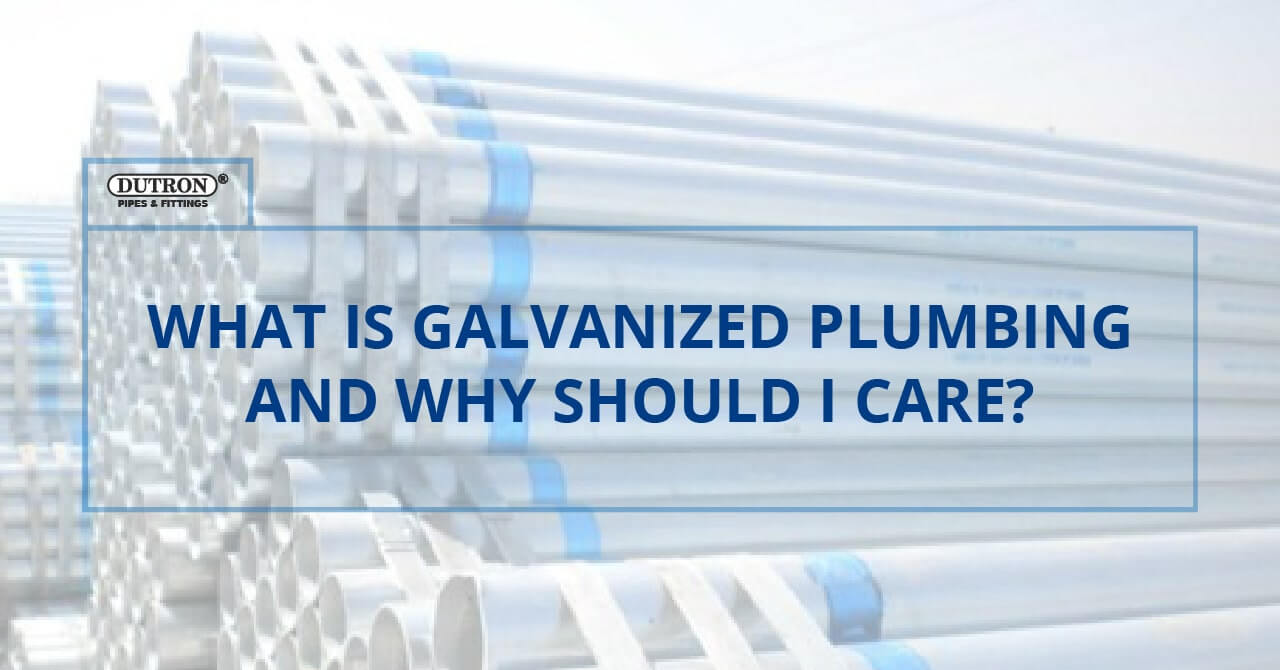
Dutron Plastics Pvt. Ltd. GSTIN: 24AABCD1495N1ZG
Dutron Plastics (Bharuch) GSTIN: 24AABFD3916F1ZX
Nippon Polymers Pvt. Ltd. GSTIN: 24AABCN0910C1ZB
Dutron Polymers Ltd. GSTIN: 24AABCD1496R1Z7
Registered and Corporate Office:
Near Mithakhali Underbridge
Navrangpura, Ahmedabad 380 009
Gujarat, INDIA
Tel: +91 79 26561849, +91 79 26427522
Fax: +91 79 26420894
Domestic: sales@dutronindia.com
International: exports@dutronindia.com
Information: info@dutronindia.com